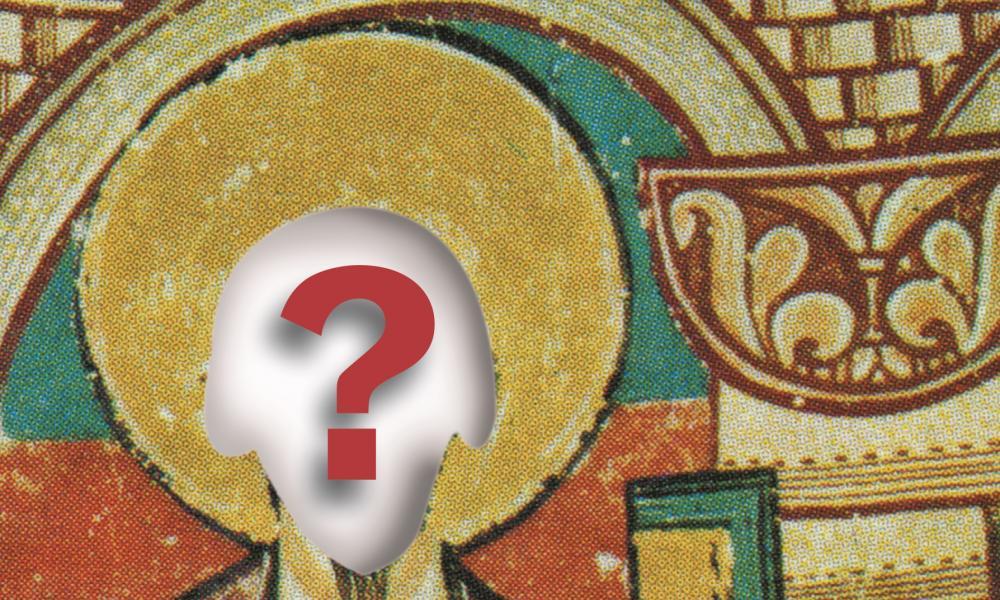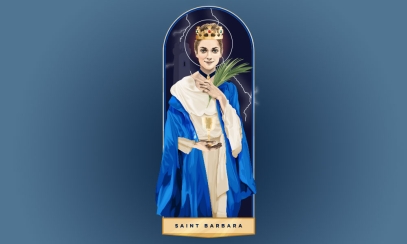
St. Valentine
Valentine’s Day Lacy greeting cards, red satin hearts filled with chocolates and, of course, Cupid. It seems as if Valentine’s Day has become a product of the greeting card industry, but that’s not exactly the case:
Was St. Valentine “De-Sainted?” While the secular world may view Feb. 14 as simply Valentine’s Day, Catholics actually know it as St. Valentine’s Feast Day – well, that is, until the Calendar Reform of 1969. It was then that St. Valentine was removed as a required observance on the official Church Calendar. According to Fr. George Michalek, Archivist for the Diocese of Lansing, this doesn’t mean that St. Valentine was “de-sainted,” only that the Universal Church now recognizes Feb. 14 as the feast day for SS. Cyril and Methodius.
Who exactly was St. Valentine? His identity is sketchy, at best. Two saints of the same name are honored as Roman Martyrs – one who was a bishop of Terni, Italy, and the other a priest and physician in Rome. More than likely, St. Valentine, as pointed out in Butler’s Lives of the Saints, was a Roman priest who assisted martyrs under the persecution of Claudius II. For this, he was beaten and beheaded on Feb. 14, 270.
How did someone who was beaten and beheaded become connected with lovers? St. Valentine’s Day may have stemmed from the pagan festival of Lupercus – the passage of adolescent boys into adulthood. During the festival, a lottery was held in which young men drew the name of adolescent females. The two would spend the next year as partners until another lottery was held.
In 496 A.D., Pope Gelasius outlawed the pagan ritual and replaced it with St. Valentine’s Day and a new, chaste lottery – this time, young men and women would choose the name of a saint whom they would try to emulate during the following year.



